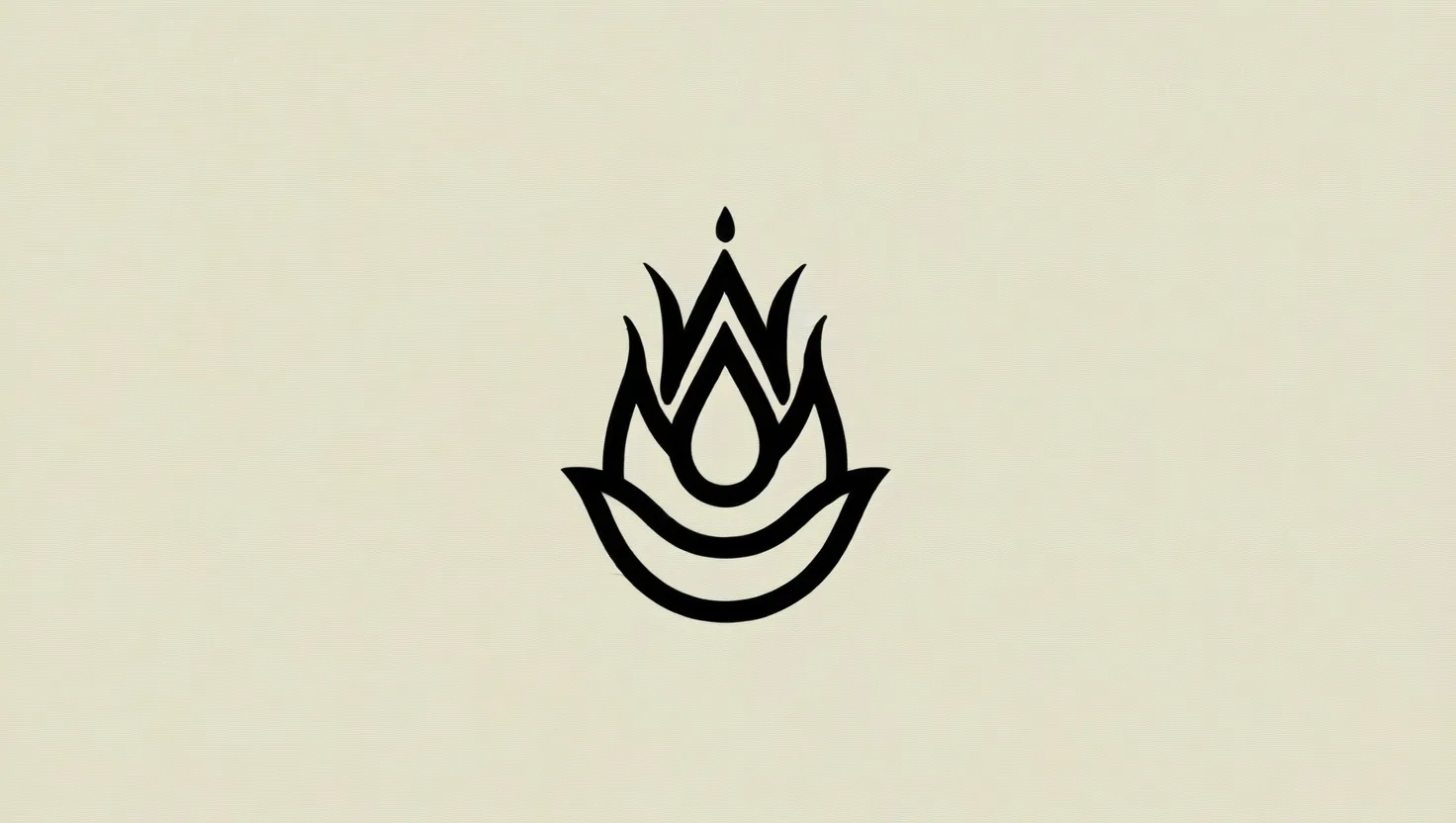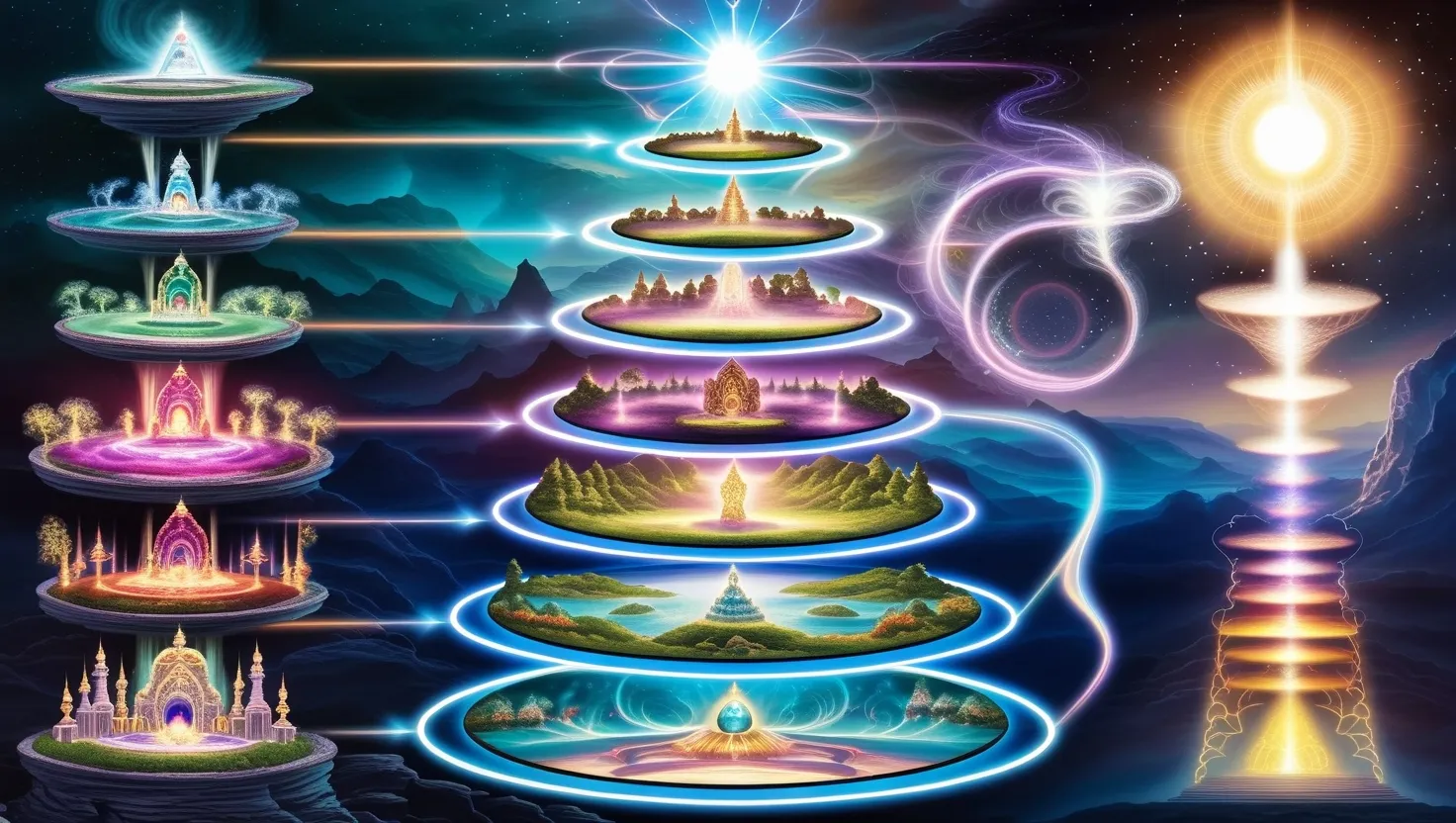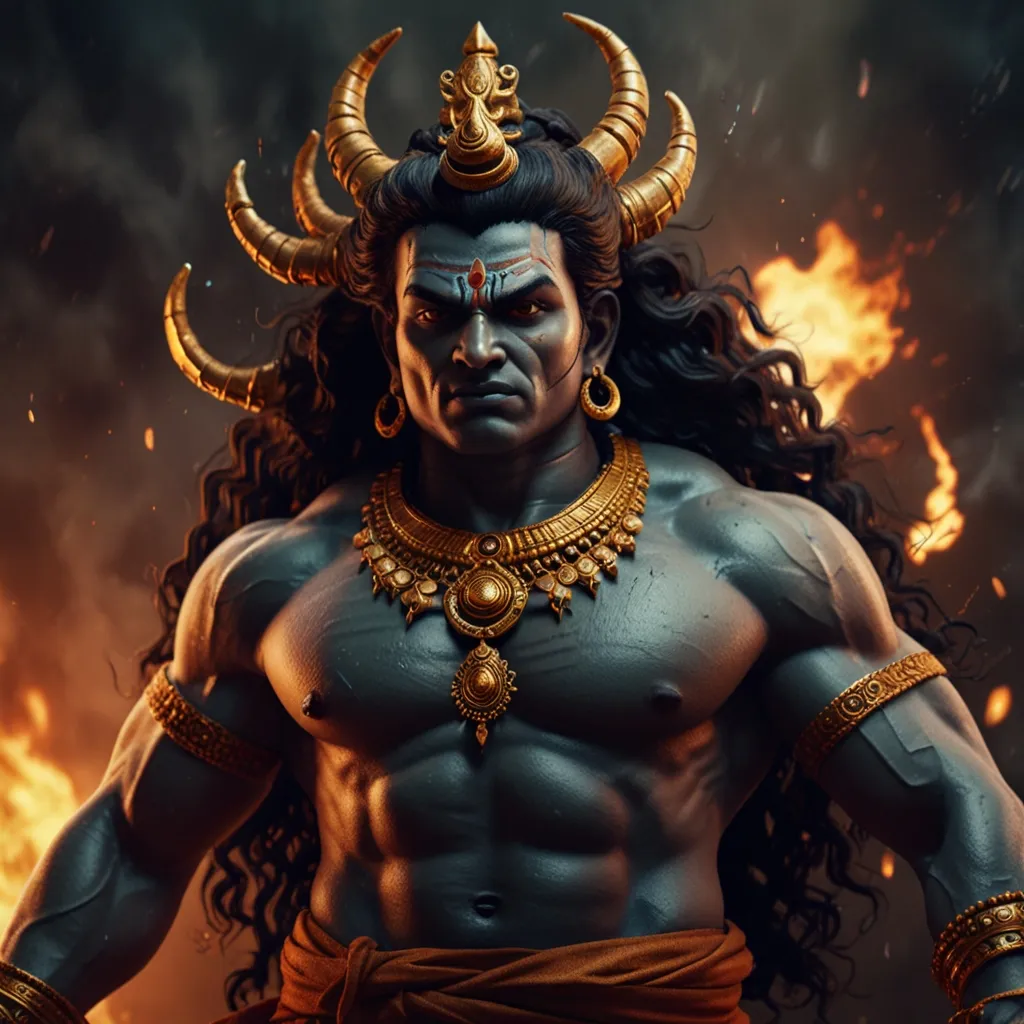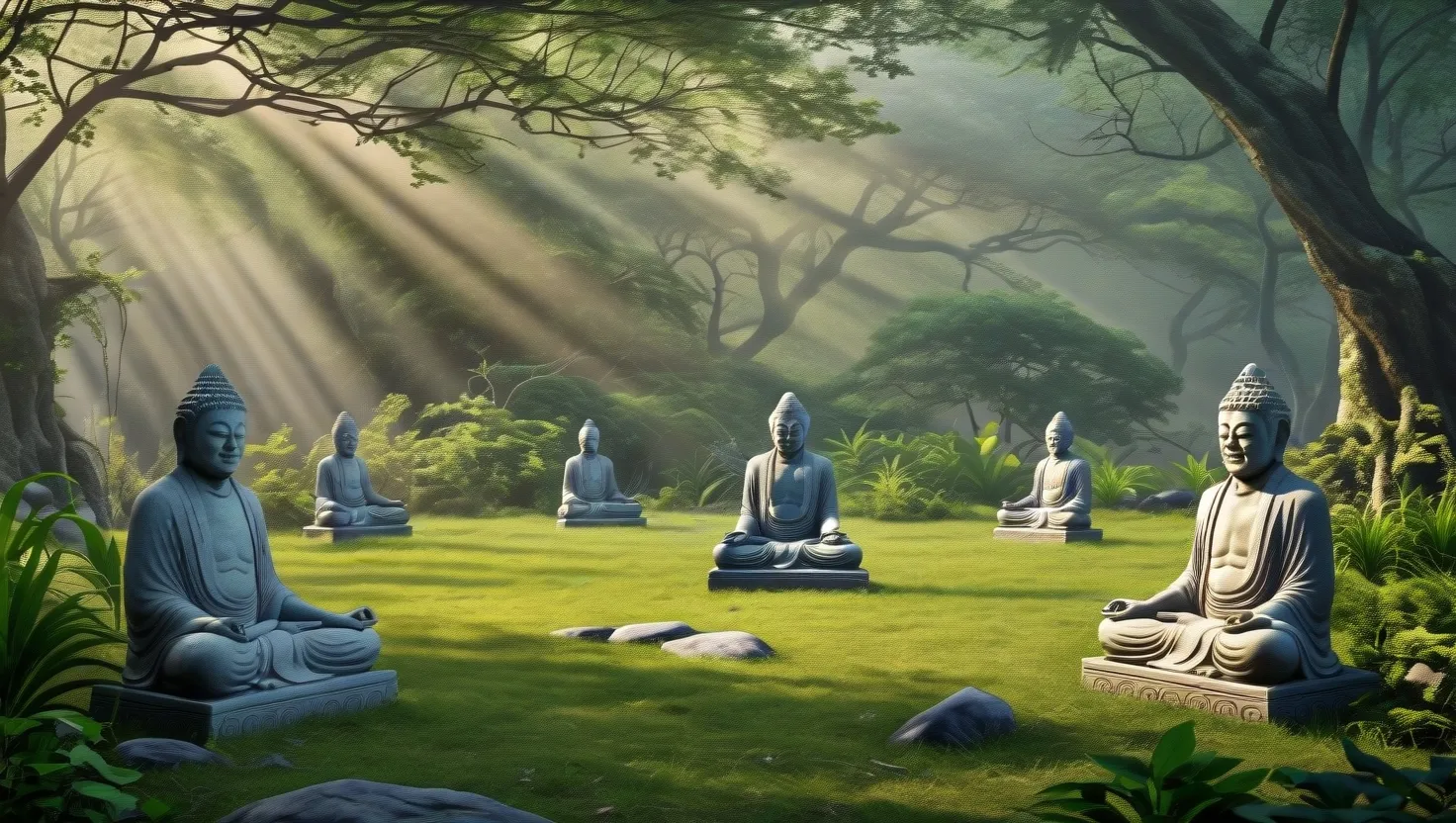In the vast and intricate tapestry of Vedic philosophy, there exists a concept that, while often overlooked, holds a pivotal place in the cosmos and our personal journeys: Agni Tattva, or the fire principle. Agni, commonly known as the fire god, is more than just a deity; it is a cosmic force that permeates every aspect of existence, from the external rituals to the inner workings of our bodies and minds.
To understand Agni Tattva, we must delve into its origins and significance in Vedic literature. In the early Vedic texts, Agni is described as the primordial power that consumes, transforms, and conveys. He is the light that emerged from the forehead of Prajāpati, the creator, bringing day and night into existence. This mythological narrative underscores Agni’s role as a fundamental element of the universe, equated with the ultimate truth, Brahman[1].
Agni’s importance extends beyond his mythological origins. He is the mediator between humans and the divine, carrying offerings from humans to the gods and interceding between the two realms. This role is vividly depicted in the Rig Veda, where Agni is invoked more frequently than any other deity, alongside Indra and Soma. His function as a messenger highlights his critical position in the cosmic order[1].
One of the lesser-known aspects of Agni is his multifaceted nature. In Vedic thought, Agni manifests in three main cosmic forms: as fire, lightning, and the sun. These forms govern the three worlds of earth, atmosphere, and heaven, respectively. This triadic manifestation reflects the Supreme Self, Paramatman, and the divine light that illuminates all worlds[2].
Internally, Agni operates in three primary forms as well: speech, prana (life force), and intelligence (buddhi). These internal forms are the ruling forces in our body, life, and mind. They constitute the three lights of our internal nature and are manifestations of the Soul or Jivatman. This internal Agni is the basis for various yogic practices such as Mantra Yoga, Prana Yoga, and Dhyana Yoga, each aimed at purifying and elevating our consciousness[2].
In the realm of spiritual practice, Agni plays a transformative role. It is the fire that purifies the subconscious mind, making it receptive to meditation. The practice of repeating sacred mantras, such as the Gayatri mantra, ignites an internal fire that aids in mental purification. Similarly, Prana Yoga, based on Agni’s prana form, cleanses the subtle body’s nadis and loosens the heart’s knots. The mind form of Agni, or buddhi, enables us to distinguish truth from falsehood, guiding us toward spiritual awakening[2].
Agni’s significance is also evident in its role within our physical bodies. In Ayurveda, Agni is associated with digestion and metabolism. The jatharagni, or digestive fire, breaks down food, while the bhutagni, or intellectual fire, digests intellectual matter. When the bhutagni is strong, it enhances our concentration, reduces physical hunger, and increases our life force and intellectual clarity. A balanced inner Agni is crucial for overall health and spiritual growth, as it transforms and absorbs necessary elements for our material and spiritual development[3].
The concept of Agni extends to the broader cosmic cycle as well. In the system of tattvas, Agni is one of the five primary elements, along with earth, water, air, and ether. Each tattva has specific attributes; Agni is fast and transformative, capable of turning any substance into ash. This quality makes worship through Agni particularly effective, producing quicker results compared to other elements[3].
In rituals and worship, Agni serves as a conduit to the divine. Fire rituals, or homas, use Agni as a medium to access the Shakti of the deity. This practice not only purifies the inner and outer atmosphere but also vitalizes thoughts and brings forth the blessings of the gods. Agni acts as the priest officiating between the human world and the realm of the devas, facilitating spiritual aspiration and growth[3].
The symbolism of Agni goes deeper, reflecting the birth of spiritual aspiration within one’s heart. This inner fire is essential for progress on the spiritual path, as it transforms the individual from the animal to the human and ultimately to the divine. The constant war between the devas and asuras in Hindu mythology can be seen as a metaphor for the internal struggle to maintain a balanced and strong inner Agni[3].
In the context of energy management and purification practices, Agni Tattva offers valuable insights. By cultivating this inner fire, we can enhance our mental clarity, increase our life force, and achieve a greater sense of spiritual awakening. This process is akin to conducting a fire sacrifice, where the friction of self-inquiry brings out the hidden flame of the Self, transcending all states of mind and revealing the eternal witness within[2].
The heart, often symbolized by Agni, is a central theme in Vedic philosophy. It is here that the supreme Agni or digestive power resides, capable of absorbing the entire universe. This concept is beautifully encapsulated in the Taittiriya Upanishad, where it is said, “I am food. I am food. I am food,” highlighting the transformative and absorptive nature of Agni[2].
In conclusion, Agni Tattva is more than just a deity or an element; it is a cosmic catalyst that drives transformation, purification, and spiritual evolution. By understanding and embracing this principle, we can kindle our inner fire, manage our energies more effectively, and embark on a journey of profound self-realization. Whether you are a spiritual seeker, a student of Ayurveda, or simply curious about the transformative processes of life, the exploration of Agni Tattva promises to illuminate new paths and deepen your connection with the ancient wisdom of the Vedas.






